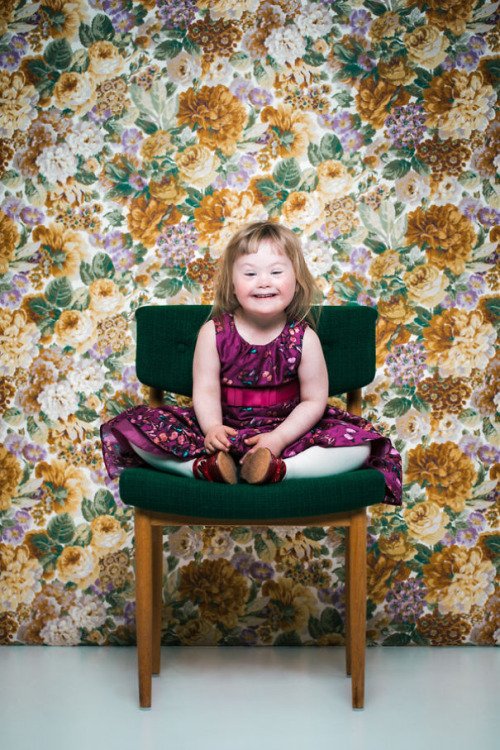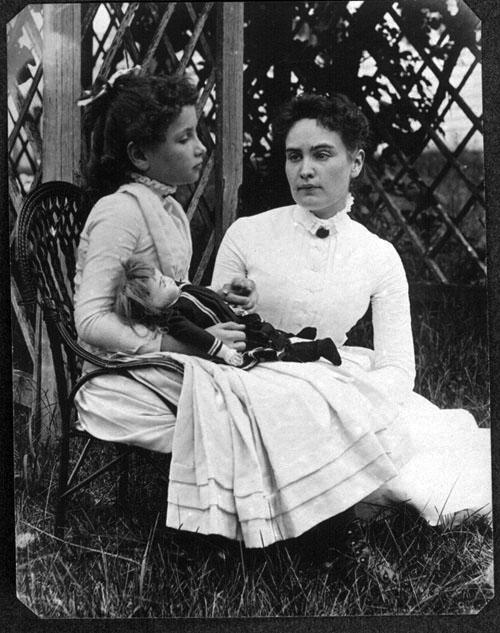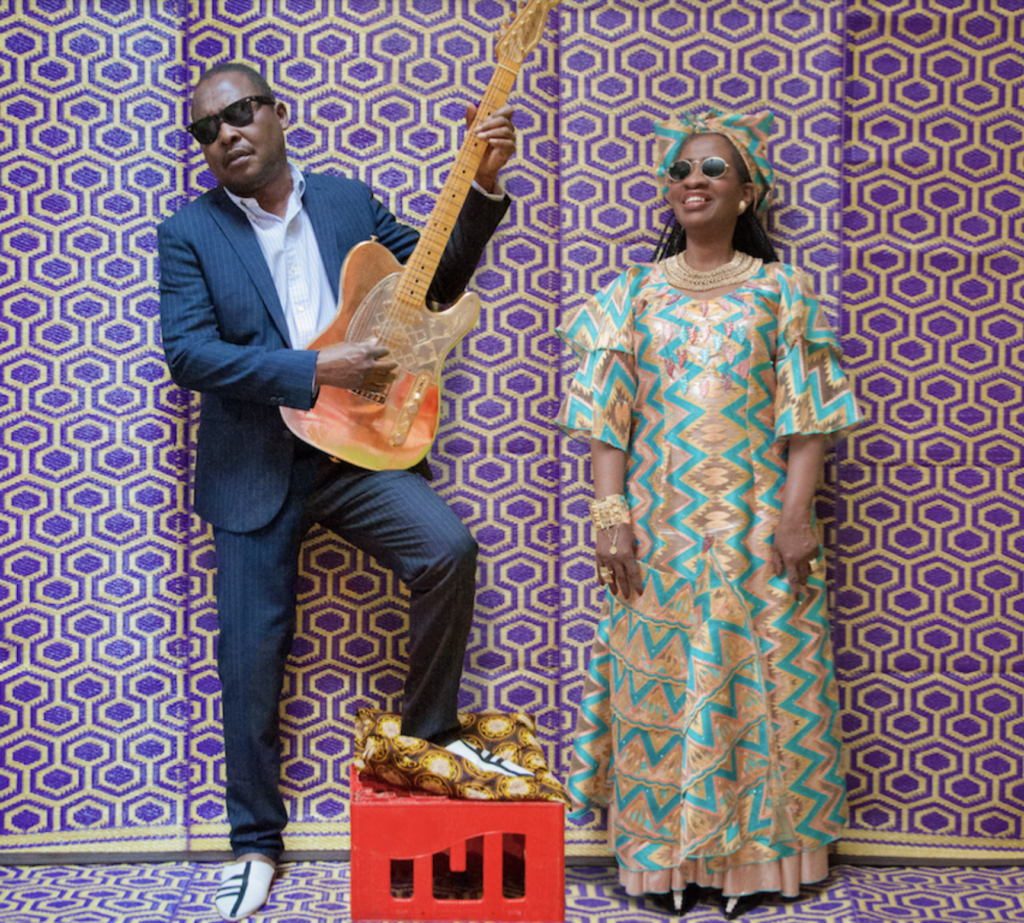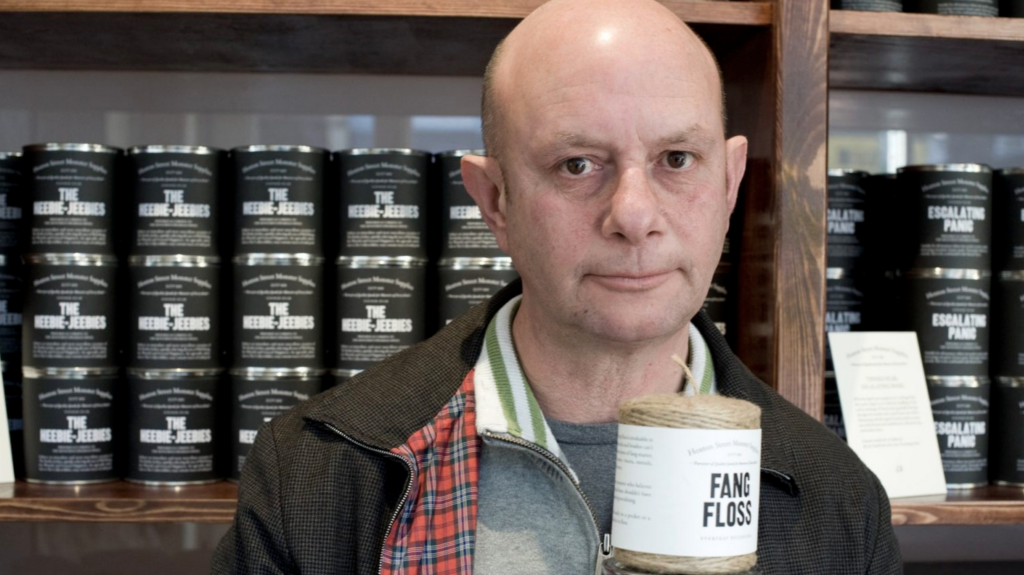
Dear Reader
Welcome to the April 11-17th edition of the Disability Digest.
In researching The Power of Disability I discovered that people with disabilities have been major players throughout history. If you were to take away their contributions you wouldn’t recognize the world. It would be a much different place and in much rougher shape. That’s the purpose of this Digest, to correct what history has overlooked.
This issues highlights Anne Sullivan, Helen Keller’s teacher and friend, and who would not be pleased to be described as a “miracle worker.” It also features African blues legend Mariam Doumba, Nick Hornby author of About a Boy and High Fidelity and Ryan O’Connel’s breakthrough tv series Special.
You can help rewrite history by sending your comments and suggestions for future issues via this form. And if you like what you’re reading do spread the word.
Enjoy!
Al
This week in history ...

On April 12th, 2019, the comedy series Special premiered on Netflix. The series is a tour de force for Ryan O’Connell who is the star, writer and executive producer. It is based on his memoir, I’m Special: And Other Lies We Tell Ourselves. The series has been described as a “raunchy comedy.” It’s about a twenty-something gay, disabled man who decides to leave his mother’s home in search of the life he desires.
The series is a breakthrough because the lead character, also named Ryan, is disabled and played by a disabled actor, the real life Ryan O’Connell. Just as important the lead character is a fully realized human being. He is snarky, quick witted, thoughtless, vulnerable and occasionally cruel.
The first season deals with the consequence of Ryan covering up his cerebral palsy by telling his co-workers that his disability is the result of a car accident. His reasoning – better to be unlucky than pitied. Instead of being liberated he becomes trapped. This leads to many situations of comic misunderstanding before Ryan learns how to be true to himself.
Season One received four Emmy nominations and a 96% ranking on Rotten Tomatoes. Season Two premieres on May 2nd.
“Real power can only be accrued through opportunities, and you need to be given the keys to tell your own story,” says O’Connell. He adds that: “When you are one of the first people to get a seat at the table you know that you are under scrutiny, but I also know as a storyteller that you cannot tell everyone’s story. You have to write from a place of truth and authenticity, and the more you do that, in a twist, the more universal your story will become.”

On April 14th Anne Sullivan teacher and longtime companion of Helen Keller was born (1866). Sullivan’s legend as the “miracle worker” was reinforced by a series of movies of the same name. Sullivan’s teachable moment linked the experience of water flowing over Keller’s fingers to spelling the word “water” on Keller’s palm. Keller, who was blind and deaf, later described the experience: “I knew then that ‘w-a-t-e-r’ meant the wonderful cool something that was flowing over my hand. That living word awakened my soul, gave it light, hope, joy, set it free.”
Sullivan, who is kneeling beside the seated Keller above, became partially blind when she was five. She had a rough childhood, her mother died when she was 8, her father deserted the family and Sullivan was sent to an overcrowded institution run by cruel staff. She eventually persuaded authorities to send her to the Perkins School for the Blind where she graduated as valedictorian.
In 1887 she was hired by Helen Keller’s parents to teach their daughter. Sullivan’s relationship with Keller lasted 49 years. They lived and worked together, writing books, joining the vaudeville circuit as speakers, even appearing in a Hollywood docu-drama about their life. During Sullivan’s brief marriage her husband moved into the home she shared with Keller.
Sullivan never claimed credit for Keller’s ideas, but once explained in a letter, “Some one must always be at her side to read to her, to keep her typewriter in order, to read over her manuscript, make corrections and look up words for her, and to do the many things which she would do for herself if she had her sight.”
Sullivan died in 1935 at the age of 70. Her ashes are interred at the National Cathedral in Washington, D.C. When Keller died in 1968, her ashes were placed next to those of her teacher. In Sullivan’s manuscript Foolish Remarks of a Foolish Woman, she wrote, “Only in Helen have I kept the fire of a purpose alive. Every other dream flame has been blown out by some interfering fool.”

April 15th is the birthday of African superstar singer Mariam Doumbia (1958). She along with her husband are the legendary world beat music duo, Amadou and Mariam. They are both blind. They met at the Bamako Institute for the Blind in their home country of Mali. They now tour the world, maintaining a home in Paris. Doumbia says there is no link between blindness and music for them because they were musicians before becoming blind. She said they would have followed their musical path regardless.
Amadou and Mariam’s infectious music combines traditional African beats and melodies with blues, funk, reggae, disco, electronic synth-pop and hip-hop. They performed live at Obama’s 2009 Nobel Peace Prize ceremony in 2009. Watch and listen to their music here. You won’t be able to sit still.
Doumbia is also part of the African supergroup Les Amazones d’Afrique an all-female collective of musicians campaigning for gender equality in Africa.
“The audience knows we are blind,” explained Doumbia in an interview. “But it is our work – it is what we do – that counts most to them. People are surprised by the quality of our music, and the way we are able to play with other musicians, to fit into other kinds of music – that is what amazes them. It helps them realize that no matter whether you are blind or not, you can work, you can make music.”

April 17th is the birthday of British author and Academy award nominated screenwriter Nick Hornby (1957). He became successful writing “bloke-lit,” stories about football, women and music, populated by aimless and obsessive male characters. He credits his son Danny’s diagnosis of autism with changing the focus of his writing and his life. “I’ve got a kid who doesn’t want to play football, doesn’t want to read, and that’s my kid and I love my kid,” he said. “It would seem like a great act of disloyalty to him to wish he was some other way.” The boy in his novel About a Boy was inspired by his son.
In How to be Good he explores the idea of being a good person. You end up becoming more intelligent about things he told a reporter. “What constitutes love, what constitutes being human, what makes someone happy – what makes Danny happy.”
Hornby says that what has shocked him the most about dealing with the disability system is, “the inescapable sense that many of the professionals that parents have to deal with are regarded as the enemy, and that if parents are to get anywhere, the enemy has to be defeated. I don’t believe that these people are bad, so what is going on here? The answer is that they have been forced, by circumstances beyond their control, to turn into gatekeepers… because there isn’t enough to go round, not because parents are demanding too much. Parents of children like my son really don’t need enemies, believe me. We need all the friends we can get.”
Did you know?
Author and poet Kenny Fries has developed a test for the representation of disability in culture.
In order to pass the Fries Test, a creative work needs:
- to have more than one disabled character;
- the disabled characters need to have their own narrative purpose other than the education and profit of a non disabled character;
- the characters’ disability should not be eradicated either by curing or killing.
As a bonus check out Fries recent poem, Disability Can Save Your Life.
Receive your weekly copy of the Disability Digest.
By submitting this form, you are consenting to receive marketing emails from: . You can revoke your consent to receive emails at any time by using the SafeUnsubscribe® link, found at the bottom of every email. Emails are serviced by Constant Contact
This project is a collaboration between Al Etmanski, Plan Institute, and Planned Lifetime Advocacy Network (PLAN).
